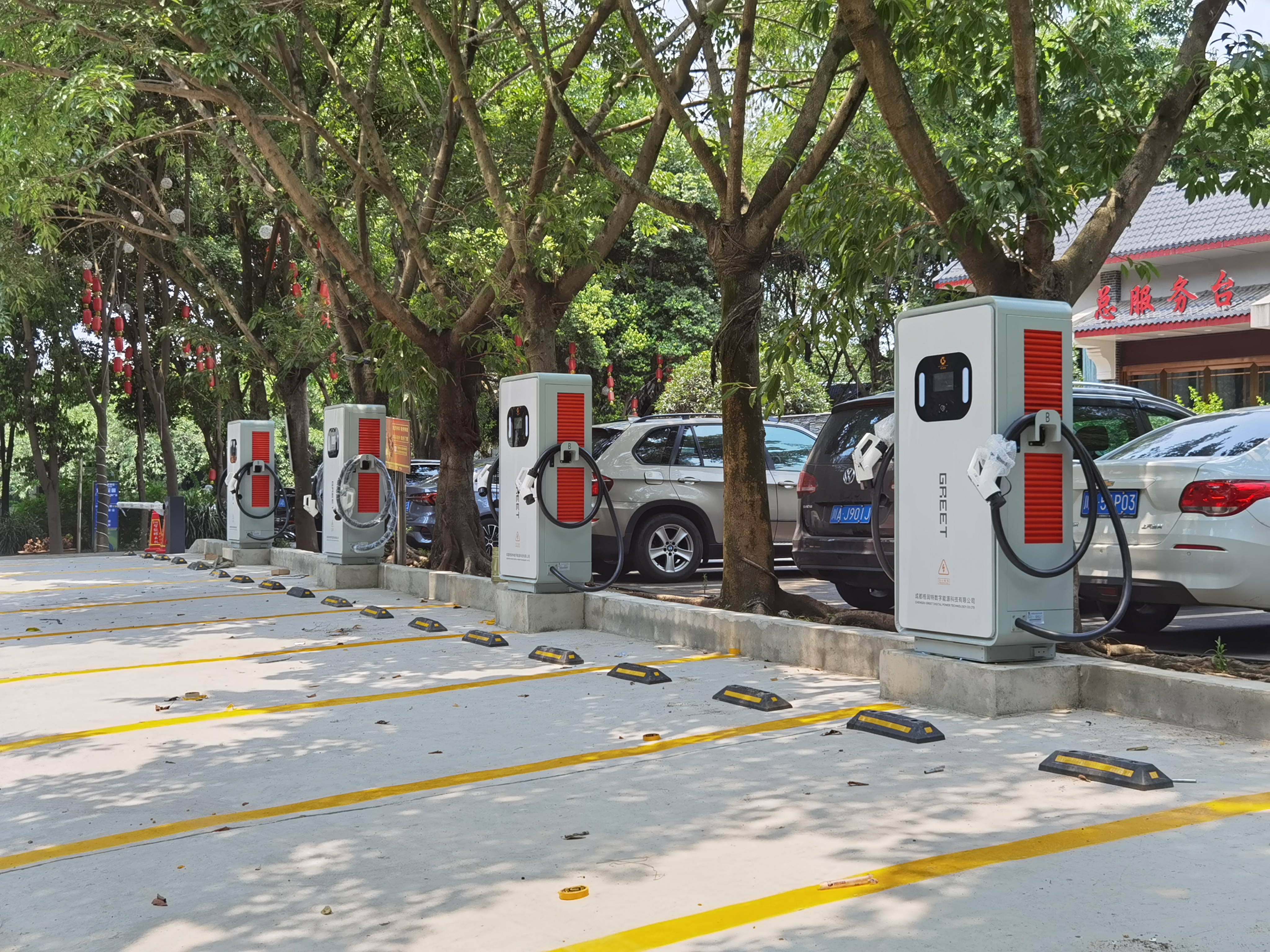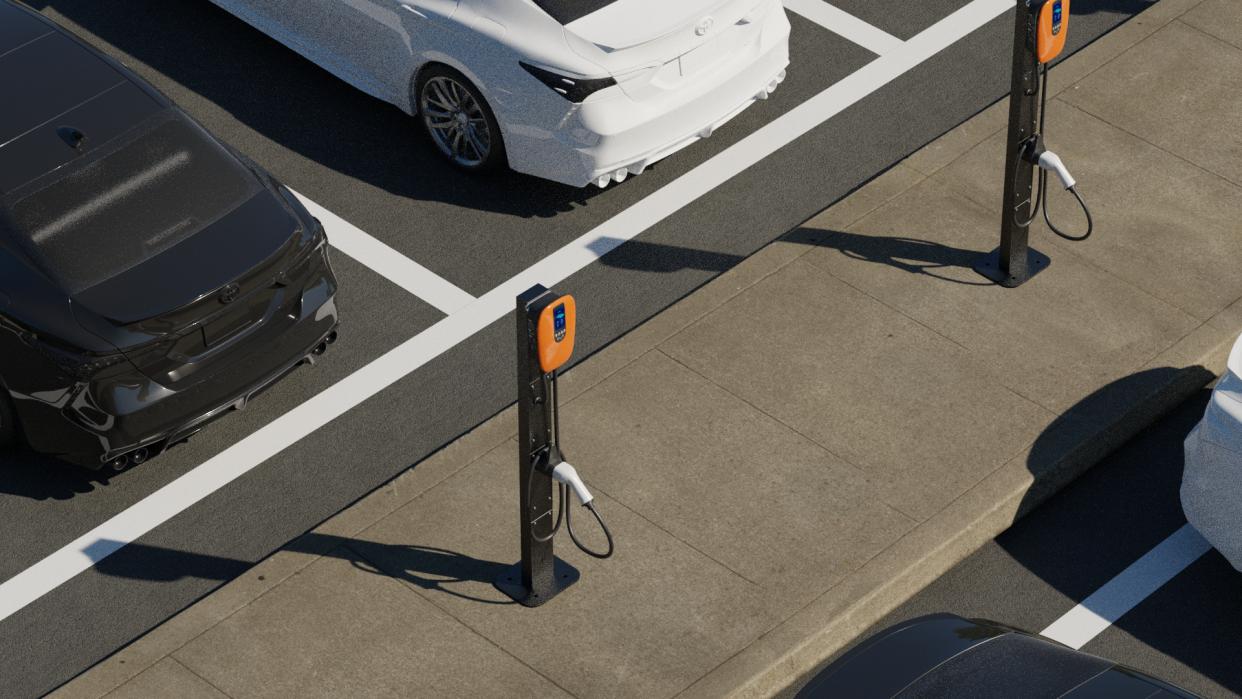I. User Charging Behavior Characteristics

1. Popularity of Fast Charging
The study shows that 95.4% of users prefer fast charging, while the use of slow charging continues to decline. This trend reflects users' high demand for charging efficiency, as fast charging provides more power in a shorter time, meeting daily travel needs.
2. Changes in Charging Time
Due to the increase in afternoon electricity prices and service fees, the charging proportion during 14:00-18:00 has slightly decreased. This phenomenon indicates that users consider cost factors when choosing charging times, adjusting their schedules to lower expenses.
3. Increase in High-Power Public Charging Stations
Among public charging stations, the proportion of high-power stations (above 270kW) has reached 3%. This change reflects the trend towards more efficient charging facilities, catering to users' needs for rapid charging.
4. Trend Towards Smaller Charging Stations
The construction proportion of charging stations with 11-30 chargers has decreased by 29 percentage points, showing a trend towards smaller and more dispersed stations. Users prefer widely distributed, small charging stations for daily use convenience.
5. Prevalence of Cross-Operator Charging
More than 90% of users charge across multiple operators, with an average of 7. This suggests that the charging service market is highly fragmented, and users need support from multiple operators to meet their charging needs.
6. Increase in Cross-City Charging
38.5% of users engage in cross-city charging, with the maximum spanning 65 cities. The increase in cross-city charging indicates that the travel radius of electric vehicle users is expanding, requiring broader coverage of charging networks.
7. Improved Range Capabilities
As the range capabilities of new energy vehicles improve, users' charging anxiety is effectively alleviated. This implies that technological advancements in electric vehicles are gradually addressing users' range concerns.
II. User Charging Satisfaction Study
1. Overall Satisfaction Improvement
Improved charging satisfaction has driven the growth of new energy vehicle sales. Efficient and convenient charging experiences enhance users' confidence and satisfaction with electric vehicles.
2. Factors in Choosing Charging Apps
Users value the coverage of charging stations the most when selecting charging apps. This indicates that users seek apps that help them find more available charging stations, increasing charging convenience.
3. Issues with Equipment Stability
71.2% of users are concerned about voltage and current instability in charging equipment. Equipment stability directly impacts charging safety and user experience, making it a key area of focus.
4. Problem of Fuel Vehicles Occupying Charging Spots
79.2% of users consider fuel vehicles occupying charging spots as a primary issue, especially during holidays. Fuel vehicles occupying charging spots prevent electric vehicles from charging, significantly affecting user experience.
5. High Charging Service Fees
74.0% of users believe that charging service fees are too high. This reflects users' sensitivity to charging costs and calls for lowering service fees to enhance the cost-effectiveness of charging services.
6. High Satisfaction with Urban Public Charging
Satisfaction with urban public charging facilities is as high as 94%, with 76.3% of users hoping to strengthen the construction of public charging stations around communities. Users want easy access to charging facilities in daily life to improve charging convenience.
7. Low Satisfaction with Highway Charging
Highway charging satisfaction is the lowest, with 85.4% of users complaining about long queue times. The shortage of charging facilities on highways severely impacts the charging experience for long-distance travel, requiring an increase in the number and power of charging stations.
III. Analysis of User Charging Behavior Characteristics

1. Charging Time Characteristics
Compared to 2022, the electricity price during 14:00-18:00 has increased by approximately 0.07 yuan per kWh. Regardless of holidays, the trend in charging times remains the same, highlighting the influence of pricing on charging behavior.
2. Characteristics of Single Charging Sessions
The average single charging session involves 25.2 kWh, lasts 47.1 minutes, and costs 24.7 yuan. The average single session charging volume for fast chargers is 2.72 kWh higher than for slow chargers, indicating increased demand for fast charging.
3. Usage Characteristics of Fast and Slow Charging
Most users, including private, taxi, commercial, and operational vehicles, are sensitive to charging time. Different types of vehicles use fast and slow charging at different times, with operational vehicles primarily using fast chargers.
4. Characteristics of Charging Facility Power Usage
Users predominantly choose high-power chargers above 120kW, with 74.7% opting for such facilities, a 2.7 percentage point increase from 2022. The proportion of chargers above 270kW is also increasing.
5. Choice of Charging Locations
Users prefer stations with free or limited-time parking fee exemptions. The construction proportion of stations with 11-30 chargers has decreased, showing users' preference for dispersed, smaller stations with supporting facilities to meet charging needs and alleviate "long wait" anxiety.
6. Cross-Operator Charging Characteristics
More than 90% of users engage in cross-operator charging, with an average of 7 operators and a maximum of 71. This reflects that a single operator's service range cannot meet users' needs, and there is a large demand for composite charging operation platforms.
7. Cross-City Charging Characteristics
38.5% of users engage in cross-city charging, a 15 percentage point increase from 2022's 23%. The proportion of users charging across 4-5 cities has also risen, indicating an expanded travel radius.
8. SOC Characteristics Before and After Charging
37.1% of users start charging when the battery SOC is below 30%, a significant decrease from last year's 62%, indicating an improved charging network and reduced "range anxiety." 75.2% of users stop charging when SOC is above 80%, showing users' awareness of charging efficiency.
IV. Analysis of User Charging Satisfaction
1. Clear and Accurate Charging App Information
77.4% of users are primarily concerned with the low coverage of charging stations. Over half of the users find that apps with few cooperating operators or inaccurate charger locations hinder their daily charging.
2. Charging Safety and Stability
71.2% of users are concerned about unstable voltage and current in charging equipment. Additionally, issues like leakage hazards and unexpected power cuts during charging also worry over half of the users.
3. Completeness of the Charging Network
70.6% of users highlight the issue of low network coverage, with over half noting inadequate fast-charging coverage. There is a need to further improve the charging network.
4. Management of Charging Stations
79.2% of users identify fuel vehicle occupation of charging spots as a major issue. Various local governments have introduced policies to address this, but the problem persists.
5. Reasonableness of Charging Fees
Users are primarily concerned with high charging fees and service charges, as well as unclear promotional activities. As the proportion of private cars rises, the service fees are tied to the charging experience, with higher fees for enhanced services.
6. Urban Public Charging Facilities Layout
49% of users are satisfied with urban charging facilities. Over 50% of users hope for convenient charging near shopping centers, making destination charging an essential part of the network.
7. Community Public Charging
Users focus on the convenience of charging station locations. The Charging Alliance and China Urban Planning and Design Institute have jointly launched a community charging study report to promote the construction of community charging facilities.
8. Highway Charging
In highway charging scenarios, users experience heightened charging anxiety, especially during holidays. The update and upgrade of highway charging equipment to higher power chargers will gradually alleviate this anxiety.
V. Development Suggestions
1. Optimize Charging Infrastructure Layout
Coordinate the construction of a unified charging network in urban and rural areas to optimize the layout of charging infrastructure and meet user needs.
2. Improve Community Charging Facilities
Explore a "unified construction, unified operation, unified service" model to enhance the construction of community public charging facilities, increasing convenience for residents.
3. Build Integrated Solar Storage and Charging Stations
Promote the construction of integrated solar storage and charging stations to form unified industry standards, enhancing the sustainability of charging facilities.
4. Innovate Charging Facility Operation Models
Promote the rating system for charging stations, publish standards for electric vehicle charging facilities and station evaluations, and gradually apply them to improve service quality.
5. Promote Smart Charging Infrastructure
Apply intelligent charging infrastructure to strengthen vehicle-grid interaction and collaborative development.
6. Enhance Public Charging Facility Interconnectivity
Strengthen the interconnectivity of public charging facilities to improve the collaborative capability of the industry chain and ecosystem.
7. Provide Differentiated Charging Services
As the number of car owners increases, different types of car owners and scenarios require varied charging services. Encourage the exploration of new business models suitable for a wide range of new energy vehicle users' charging needs.
Contact Us:
For personalized consultation and inquiries about our charging solutions, please contact Lesley:
Email: sale03@cngreenscience.com
Phone: 0086 19158819659 (Wechat and Whatsapp)
Sichuan Green Science & Technology Ltd., Co.
www.cngreenscience.com
Post time: Jun-05-2024




